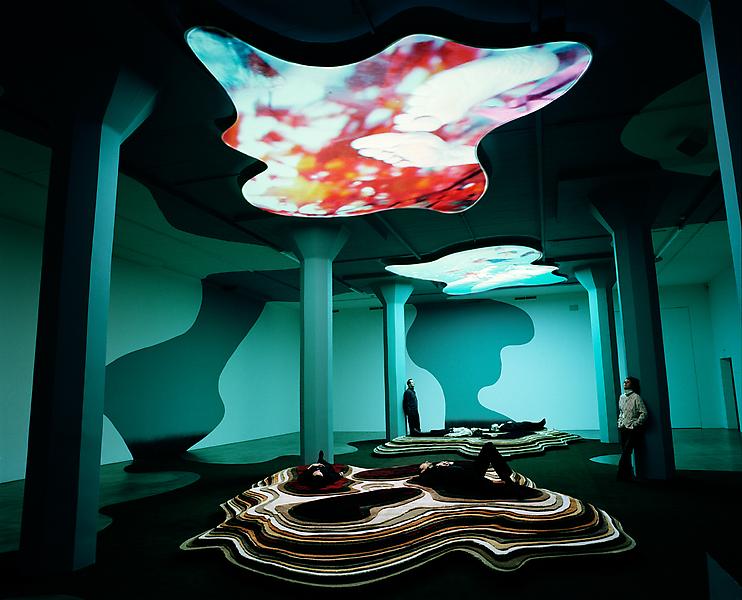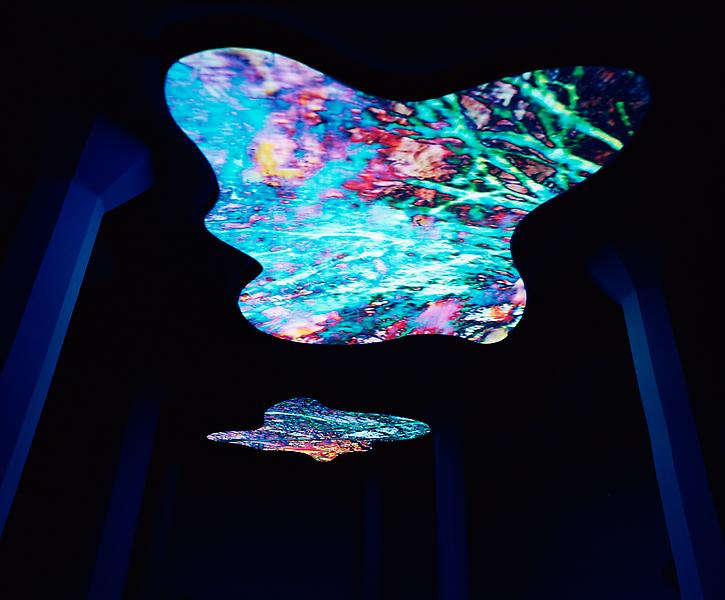http://www.facebook.com/plugins/like.php?href=http://www.problogger.net/archives/2012/12/16/15-social-media-mistakes-that-are-killing-your-blog/&layout=standard&show_faces=true&width=360&height=25&action=like&font=arial&colorscheme=light
While it’s not new, I’m often surprised by the way bloggers use—and mis-use—social media.
Each of us has our own blogging journey, and we use different tools in our own unique ways. Yet there are still quite a few very common errors that I continue to see bloggers making as they work with social media.

Image by stock.xchng user
These mistakes have the potential to make your social media experience a struggle—if not put you off it completely. But if you persist with them over time, they have the potential to do significant harm to your brand and your blog.
Think about it: social media is a very public space, perhaps even more public than your blog. Although we might not be conscious of it, every time we make a status update on a social network, we have the potential to reach a huge audience of people we don’t know through others sharing our messages.
That can happen whether the messages are good or bad, for better or for worse.
Take a look at these 15 mistakes, which definitely send the wrong message. Then, let me know in the comments if you’re making any of these errors.
1. Using social media as broadcast media
We all know that social media is an engagement tool, but how many of us treat it that way?
What’s your ratio of “broadcast” updates to direct, personal updates that address other users individually? And who are those direct updates to—friends and family and people you feel “safe” with, or are you reaching out to new contacts, readers, and others in your niche?
2. Not responding to contacts
While you may not want to connect with everyone on every social network, the blogger looking to build an online presence should focus on responding to contacts from others on social media.
Avoiding one-word responses is ideal—look for ways to connect naturally and easily with every person who approaches you, and you’ll see real benefits from social media.
3. Not joining your readers on the networks they use
Where are your users congregating online? Which networks do they use? Are you on those networks, or are you holding off because you think you don’t have enough time or energy to tackle a new network?
Not long ago, I started developing the dPS presence on Pinterest, and I’ve never looked back. While there’s no perfect time for anything, leaving yourself out of a social network where your audience is active could mean you’re leaving money on the tqble—or readers out of the loop!
4. Not offering follow and share buttons on your content
On your post pages, do you offer readers the option to share the post on social networks and the opportunity to follow you on those networks?
Offering one or the other is better than nothing, but it’s important to offer both. Of course, your follow buttons might appear in a location that’s globally available throughout your blog—like in the header or sidebar. But do make sure users have both options.
5. Not following or friending your readers
If a reader contacts you on social media, do you follow them?
While following massive numbers of people can be overwhelming, if you’re just starting out on a new network, connecting with those who contact you is a great way to make the most of the medium and get a feel for what your readers are doing on that network.
6. Not following or friending industry contacts
Connecting with people from your broader niche is an excellent way to stay abreast of news and get on the radars of others you haven’t met, but whose work you admire.
Who knows? They might follow you back—and share your updates with their followers. But even if they don’t, you have the potential to get a sound perspective of the players in your niche, and their work, on social media.
7. Not presenting your brand consistently on a network
Every blogger and blog brand has a range of facets, but these need to be carefully managed—even curated—if you want to give your followers a clear idea of who you are and what you’re about.
Chop and change in the way you approach a given network or your followers, or present your brand, and you might do more harm than good.
8. Not presenting your brand consistently across different networks
Following on from the previous point, you will have readers who follow you on multiple networks, so it’s important to present yourself and behave consistently in all your dealings, whatever the network.
Your blog’s Twitter, Facebook, Google+, LinkedIn and Pinterest accounts should share brand characteristics, even if you target the information you share with each network individually.
9. Only doing the basics on each network
Social networks have come a long way since they were first launched. Even the more recent arrivals to this industry are evolving new features all the time. Yet many of us ignore these developments, and just keep posting the same stuff, day in, day out.
Are you aware of the features of each of the networks you’re using? Are you up-to-date with what each network offers your blog? If you’re not, you could be missing valuable opportunities to promote your blog, to meet potential readers, and eventually, to make sales.
10. Not tracking social media traffic
At the most basic level, it’s worth knowing what portion of your blog’s traffic comes from social media, and from which networks.
This knowledge can help you focus your efforts, prioritize your work, and manage your time to best effect. It can also help you to respond to one-off traffic events arising from particular networks.
11. Not tracking how much your content is shared
On the other side of the coin, it’s also important to keep an eye on how much your content is shared. I’ve found this particularly useful when I’ve joined a new network, as it helps me to understand what works in that space and what doesn’t.
Looking at what’s shared—in terms of blog content and my own social media updates—is an essential step in making the most of a social network.
12. Not listening to discussions about your brand and niche
Similarly, it’s important to track not just what people on a given social network are saying about your blog and brand, but also about your niche itself.
Social listening is the answer.
This can give you post ideas, opportunities to connect with readers on topical issues that they care about—even ideas for updating your blog’s layout or post categorisation. Social media listening is a great way to get to know what your audience is thinking and feeling.
13. Not listening to your main competitors
The listening doesn’t stop there, though. you can also set up searches for social media discussions of your main competitors, or key players in your niche, and find out what the audience has to say about them.
This can help you find gaps in your market for information and commentary, give you prodict ideas, and a lot more.
14. Not posting at high-sharing, high-visibility times of day
If you’re listening to find out the way your niche works on social media, you should have an idea of when its players—organizations and audience members—are most active. By tying that information to the traffic and sharing tracking mentioned above, you should be able to piece together a picture of the best times to get traction from social media among your target readership.
15. Not realising that promotion doesn’t stop with social media
Social media has its place, but it’s only one way to reach the people you want to read your blog. It’s
one piece in a big promotional puzzle, and it’s one that’s actually independent of a digital presence that you own.
That presence is on your blog itself. But if you only ever use social media to try to get people to your site, you’ll soon kill off any goodwill you’d established. This is why social media really should be used as part of a broader promotional toolkit that lets you attract
some of the other kinds of readers we mentioned late last week.
Are you making any of these 15 mistakes? They could be slowly strangling your blog’s authority, brand, and ability to attract new readers! Share your thoughts—and tips for social media success—with us in the comments.
http://www.facebook.com/plugins/like.php?href=http://www.problogger.net/archives/2012/12/16/15-social-media-mistakes-that-are-killing-your-blog/&layout=standard&show_faces=true&width=360&height=25&action=like&font=arial&colorscheme=light








